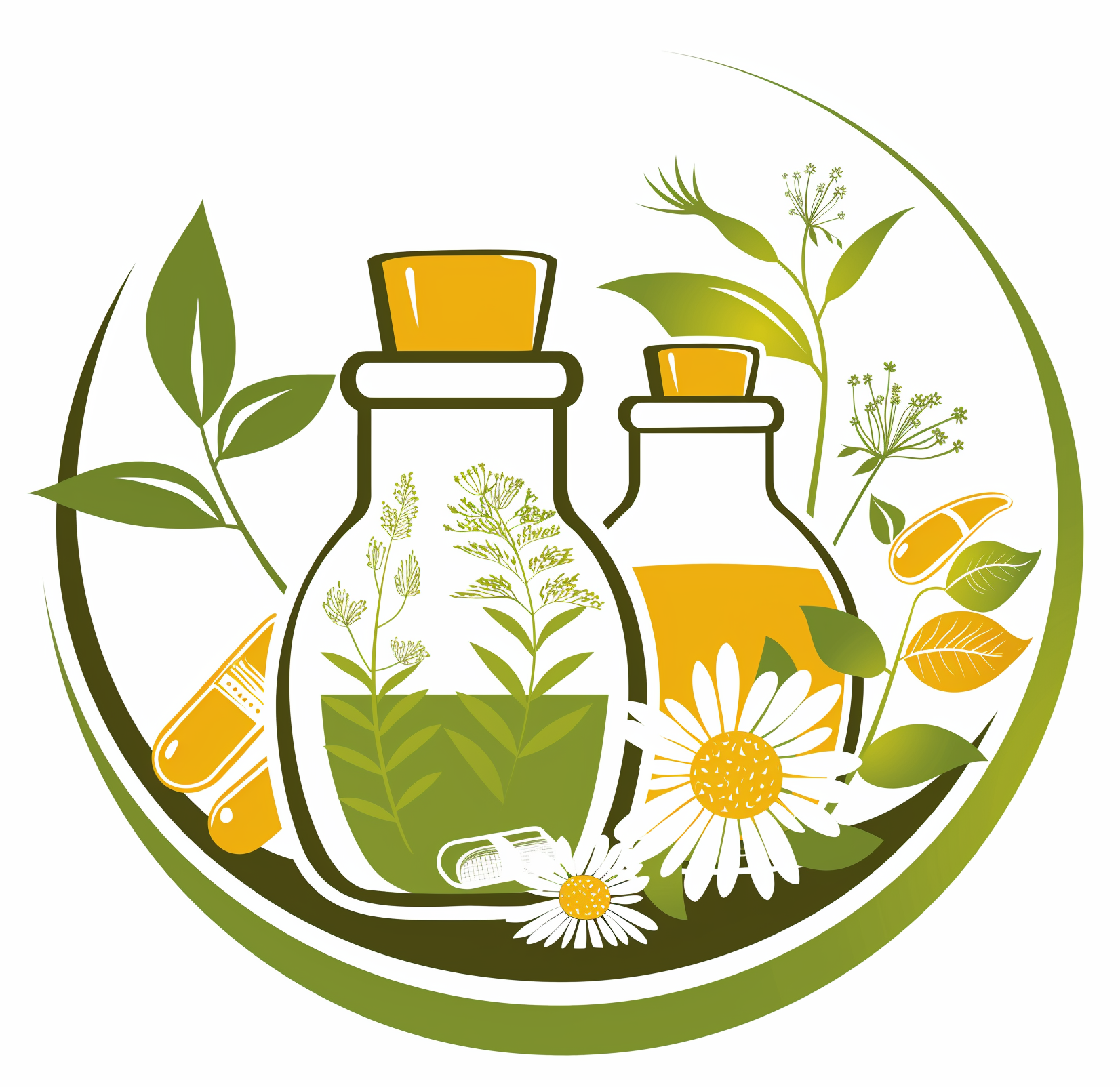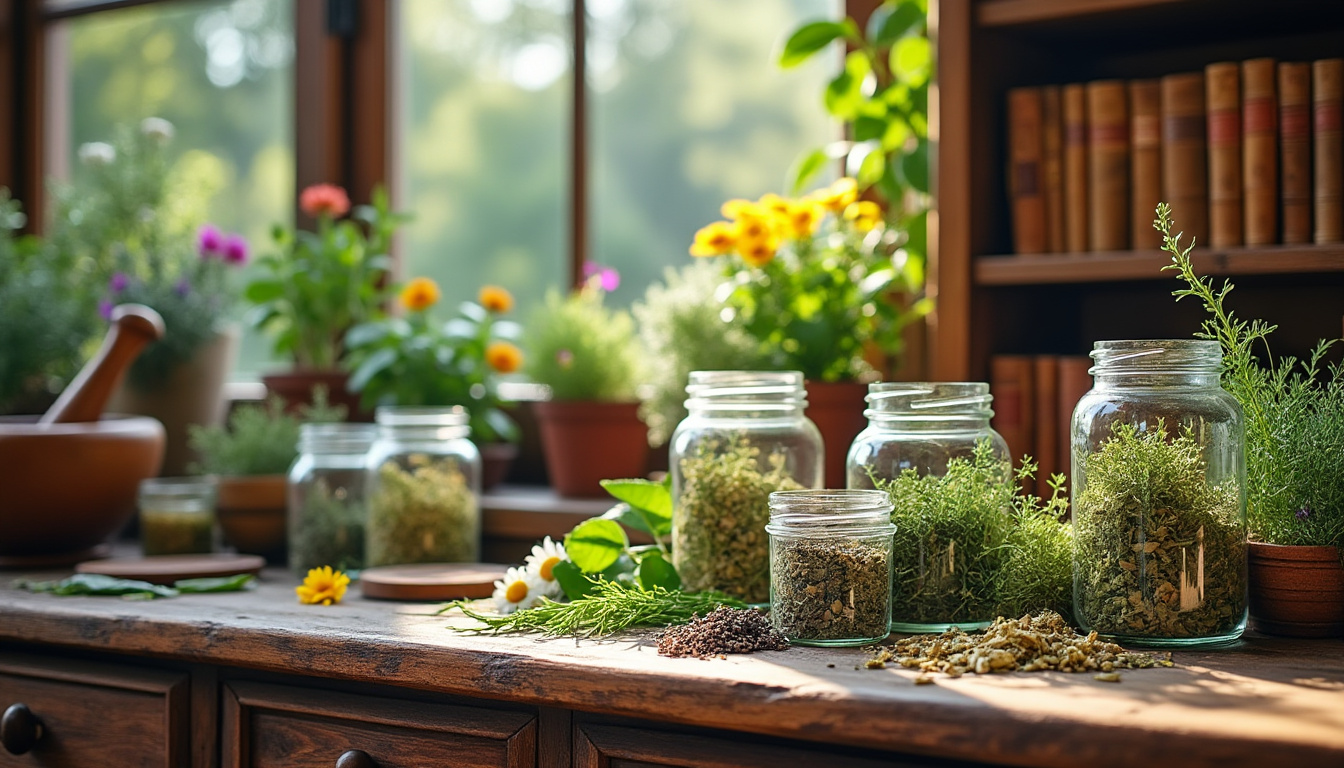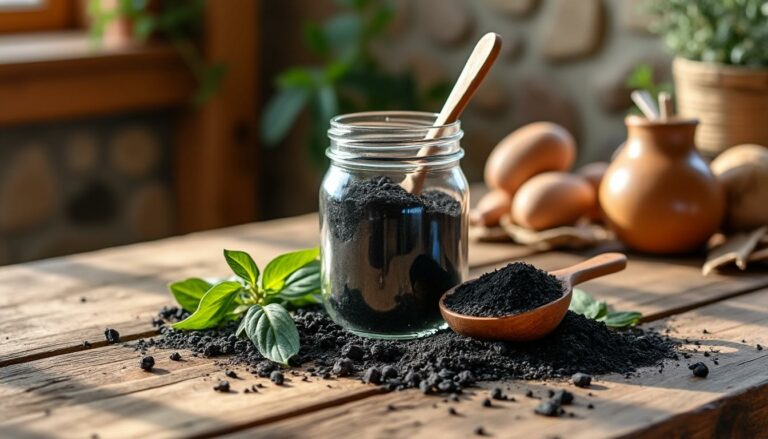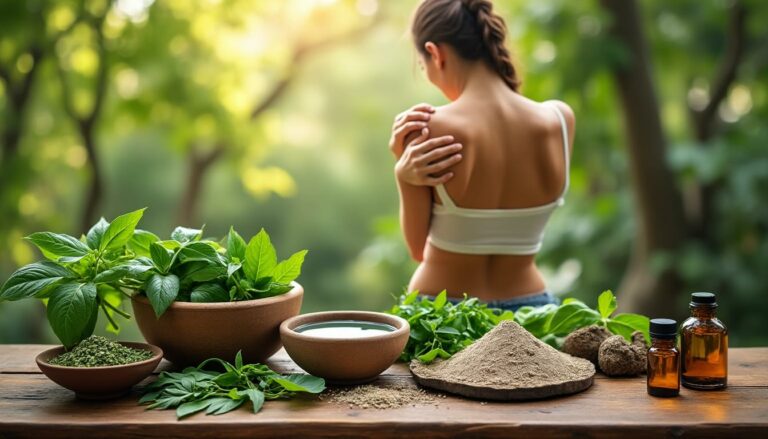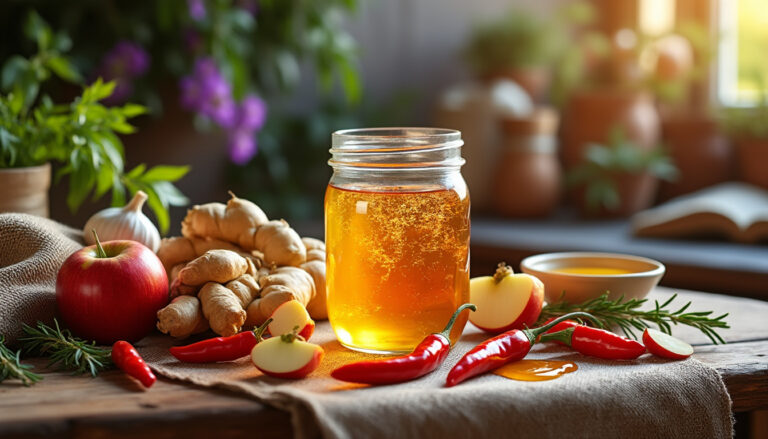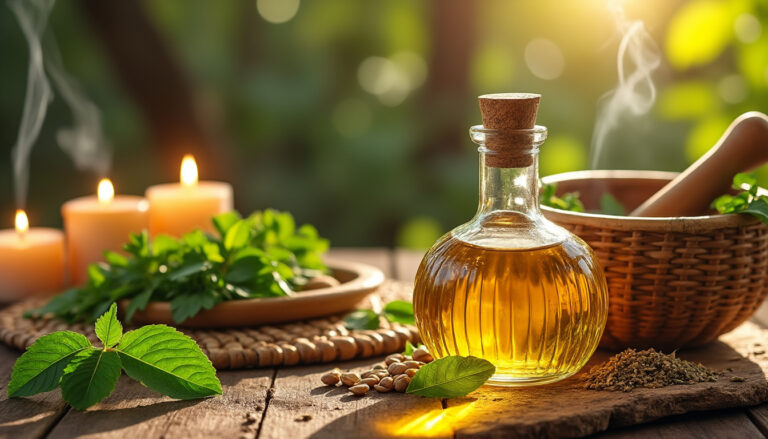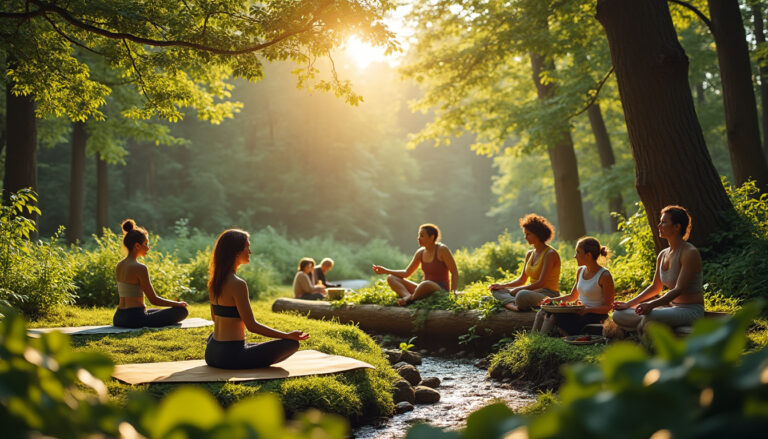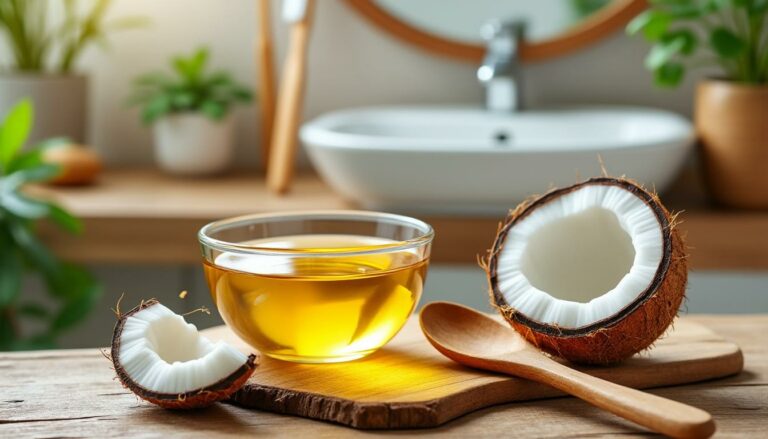What is herbalism? A complete guide to plant-based healing basics
What is herbalism? is on every natural health forum this year, and it’s easy to see why. Global supply chain hiccups, rising drug costs, and a renewed trust in folk wisdom have nudged people back to their gardens, cupboards, and local meadows.
Left unchecked, that curiosity can quickly spiral into overwhelm—Latin names, extraction ratios, safety sheets. An eager beginner can feel lost before the first pot of tea even steeps.
Here’s the calm in the storm: this guide walks you through plant-based healing step by step, translating centuries of tradition and the latest research into plain English so you can confidently brew, blend, and begin.
Plant medicine through the ages: definition and roots of herbalism 🌿
Herbalism is the practice of partnering with whole plants—roots, leaves, flowers, seeds, and resins—to support the body’s own healing response. From the Ayurvedic texts of 1500 BCE to the eclectic physicians of 19th-century America, every culture has kept a botanical toolkit.
- 📜 Ancestral wisdom: Chinese materia medica lists over 1,800 herbs.
- 🩺 Modern validation: 40 % of today’s pharmaceuticals originate from plant compounds.
- 🌎 Local relevance: Many remedies grow in ordinary lawns—check the dandelion at your feet.
| Era 🌱 | Main System | Signature Herbs |
|---|---|---|
| Ancient India | Ayurveda | Turmeric, Ashwagandha |
| Classical Greece | Hippocratic | Thyme, Sage |
| Medieval Europe | Monastic Gardens | Calendula, Meadowsweet |
| 21st Century | Integrative Medicine | Cannabis, Elderberry |
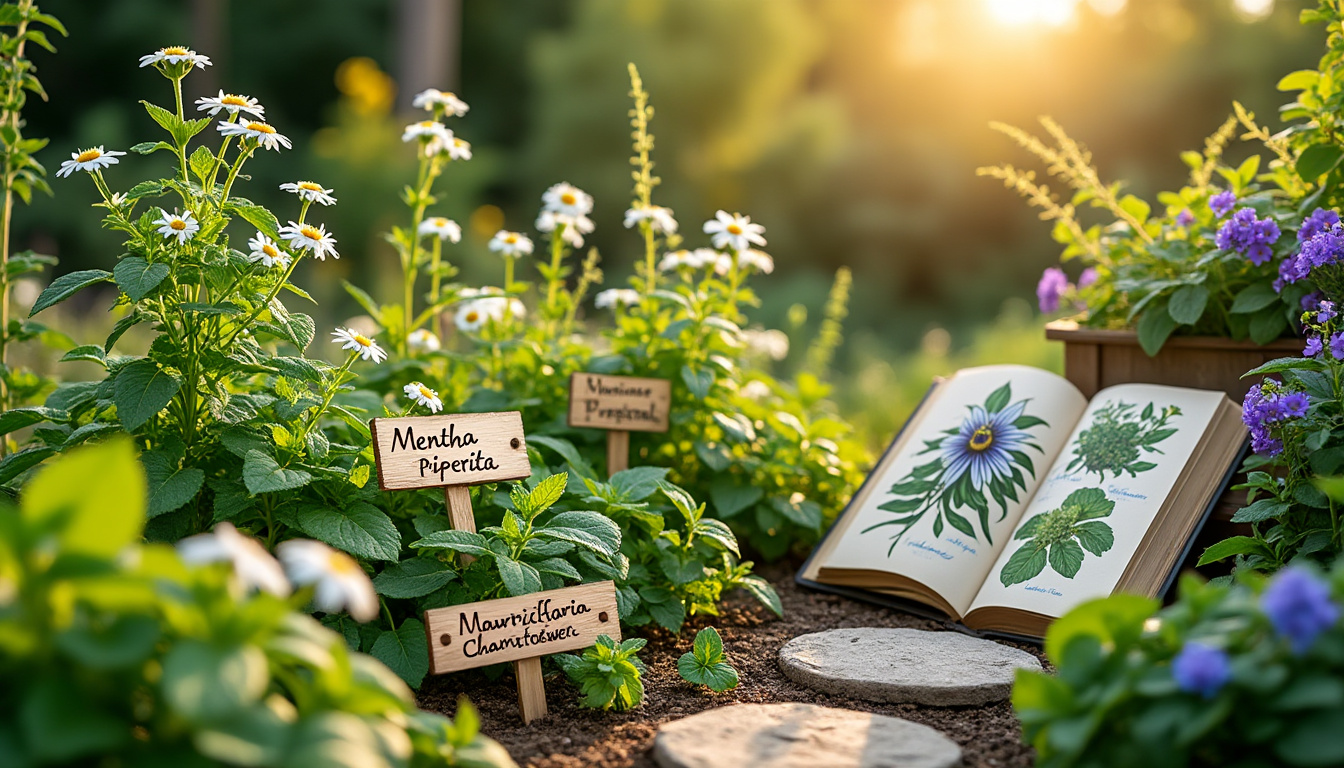
Why herbalism is resurging in 2025
Community gardens, homestead channels, and ethical brands such as Gaia Herbs and Mountain Rose Herbs make high-quality botanicals accessible online. Meanwhile, studies published in the Journal of Ethnopharmacology confirm what folk practitioners have said for ages—simple plants rival expensive synthetics for mild ailments.
Prefer a quick overview? A five-minute clip above traces herbalism from ancient Sumer to today’s urban rooftops.
How herbal remedies interact with your body 🌱🧬
Instead of isolating a single molecule, herbalism delivers whole-plant synergy—called the “entourage effect.” Your cells recognize these complex phytochemicals as food, not foreign agents, often resulting in gentler side-effect profiles.
- 🧘♂️ Nervines calm the nervous system—think lemon balm.
- 💪 Adaptogens balance stress hormones—see holy basil.
- 🛡️ Immunomodulators tone defenses—like echinacea.
| Action ⚖️ | Example Herb | Typical Prep | Reference Brand |
|---|---|---|---|
| Nervine | Chamomile | Tea | Traditional Medicinals |
| Adaptogen | Rhodiola | Tincture | Herb Pharm |
| Immunomodulator | Elderberry | Syrup | Nature’s Way |
| Demulcent | Marshmallow root | Cold infusion | Floradix |
Curious about ratios and extraction times? A detailed breakdown lives in the tincture tutorial.
Notice how both videos mention ethical wildcrafting. Harvesting respectfully keeps plant populations healthy—a core principle explained in our guide to common wild herbs.
Beginner-friendly toolkit: 10 herbs you can start growing or buying 🌼
You don’t need an acreage to cultivate healing greens. A sunny windowsill or community plot does the trick.
- 🌸 Chamomile – bedtime tea
- 🔥 Ginger – digestion booster
- 🌿 Peppermint – headache relief
- 😊 Lemon balm – mood lifter
- 🧴 Calendula – skin soother
- 🌲 Pine needles – vitamin C source
- 🍋 Lemon verbena – aromatic cleanser
- 🪻 Lavender – tension tamer
- 🥄 Plantain – first-aid leaf
- 🌾 Oatstraw – mineral tonic
| Herb 🌱 | Grow at Home? | Buy Option | Best Form |
|---|---|---|---|
| Chamomile | Easy from seed | Yogi Tea bags | Hot infusion |
| Ginger | Container rhizome | Fresh grocery root | Decoction |
| Peppermint | Spreads fast | Stash Tea loose leaf | Steam inhalation |
| Calendula | Pot marigold pots | Burt’s Bees salve | Oil infusion |
Need seeds or dried petals? Check our vetted supplier list: where to buy medicinal herbs.
Safe sourcing, dosing, and blending in 2025 ✔️
Quality determines results. Always confirm Latin binomials, avoid pesticides, and store herbs away from light and moisture.
- 🔍 Read COAs (Certificates of Analysis) from sellers like Herbal Essence and indie apothecaries.
- 📏 Dose by weight, not “pinches,” for consistency.
- ⚖️ Rotate herbs seasonally to prevent sensitization.
| Risk 🚫 | Prevention Tip | Resource Link |
|---|---|---|
| Adulterated powder | Buy whole, grind yourself | Healing herbs guide |
| Drug interaction | Cross-check against meds | Antiviral plant list |
| Overharvesting | Grow at home or cultivate | Native American wisdom |
Remember, you can blend botanicals safely once you understand their energetics—a concept unpacked in the comprehensive traditional uses database.
Step-by-step: making your first infusion, tincture, and salve 🛠️
Feel the difference between reading about herbs and working with them. These three preparations cover 90 % of home needs.
- 🍵 Infusion—pour boiling water over 1 tbsp dried herb, steep 15 minutes, strain.
- 💧 Tincture—soak 1 part herb in 5 parts 40 % alcohol for six weeks, shake daily.
- 🧴 Salve—combine 1 cup infused oil with 1 tbsp beeswax, melt, pour into tins.
| Preparation 🧪 | Materials Needed | Ready In | Shelf Life |
|---|---|---|---|
| Infusion | Jar, kettle, strainer | 15 min | 24 hrs |
| Tincture | Mason jar, vodka, scale | 6 weeks | 3 years |
| Salve | Double boiler, tins | 30 min | 1 year |
Once your first batch is complete, label clearly with plant name, date, and menstruum. Good record-keeping turns experiments into reliable medicine.
Your first steps into herbalism today 🌱🚀
You now understand definitions, body systems, starter herbs, sourcing, and basic preparations—everything required to move from curiosity to confident action. Begin by choosing one gentle herb, brew a nightly tea, and note sensations in a journal. Within a week, you’ll have tangible feedback from your own body, the best teacher of all.
- 🗒️ Keep a daily log—time, dose, effect.
- 📚 Revisit this guide when adding a new plant.
- 🌐 Join a local herb walk or online forum to swap experiences.
Every sip, salve, or seed you plant reconnects you to living soil and timeless knowledge. Step outside, greet the nearest leaf, and let What is herbalism? become a hands-on journey toward resilience.
FAQ: quick answers for budding herbalists ❓
Does herbalism replace conventional medicine?
No. Herbalism complements modern care, particularly for minor, chronic, or preventive needs. Always consult a qualified practitioner for serious conditions.
How long before I notice results?
Acute issues like indigestion may ease within minutes of a peppermint tea, while systemic goals—hormone balance, stress resilience—can take weeks of consistent use.
Can children and pets take herbs?
Yes, but dosages differ. Glycerites and diluted teas suit kids; many common herbs are unsafe for cats or dogs, so reference veterinary herbals first.
Are supermarket tea bags effective?
Quality varies. Trusted names such as Stash Tea, Yogi Tea, and Traditional Medicinals test for potency, yet loose, freshly dried herbs often deliver stronger results.
Which certification should an aspiring herbalist pursue?
Look for programs recognized by the American Herbalists Guild or comparable bodies. Apprenticing under a local herbalist remains a valuable path as well.
